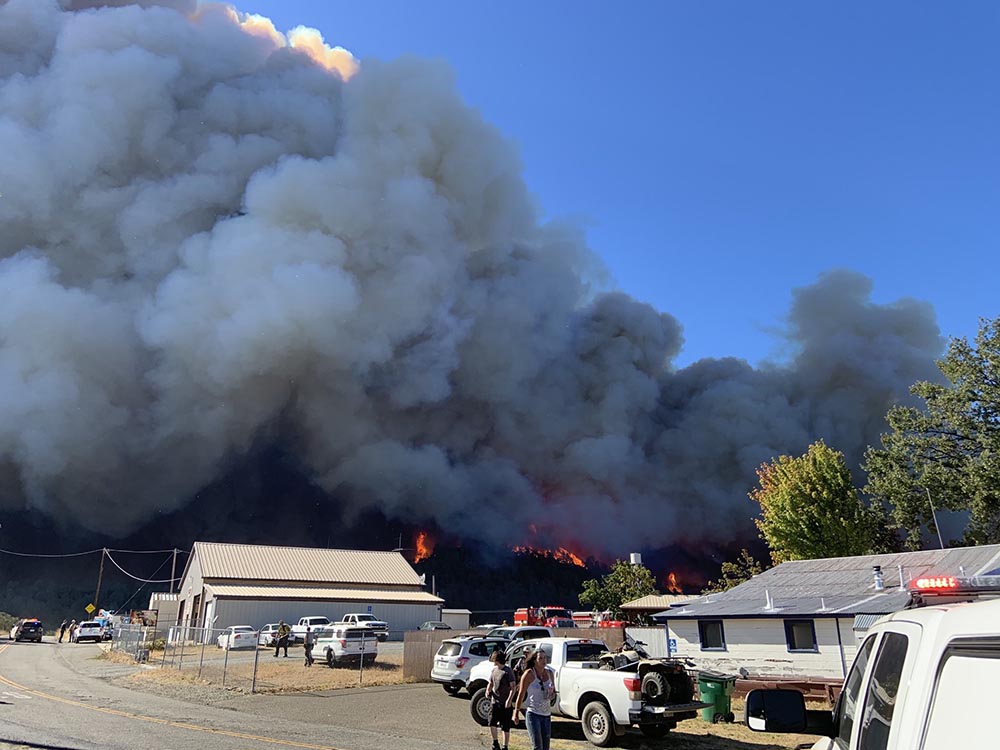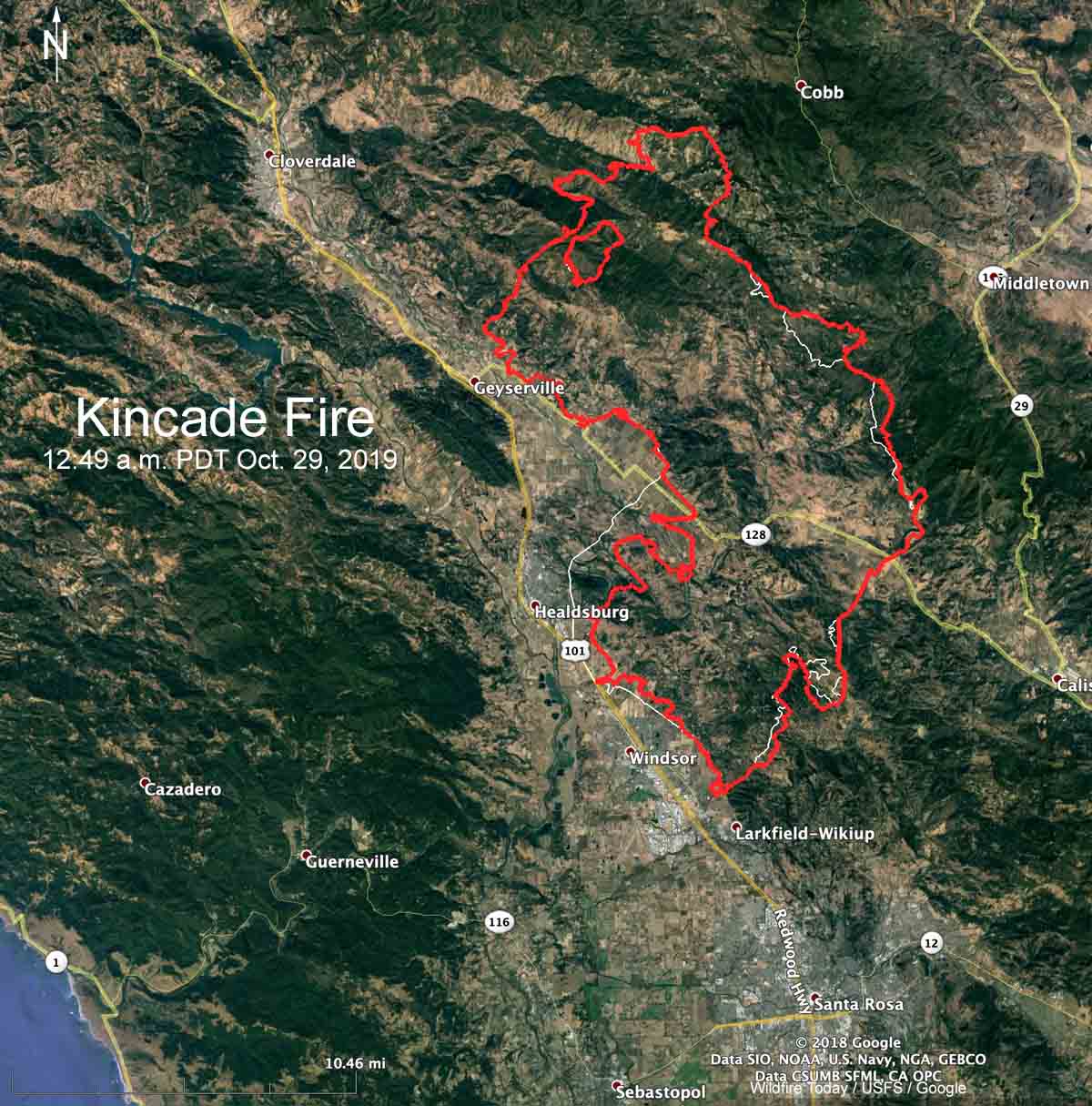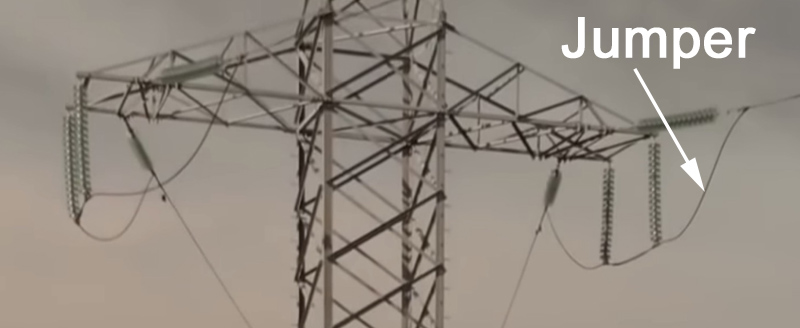3:30 p.m. MDT April 7, 2021
The Bureau of Land Management released yesterday a two-minute video that supposedly answers questions, including, “Should I apply to be a wildland firefighter with the BLM?” This is at best, misleading, since most if not all of their employees that do fight fire work under job titles of “Forestry Technician” or “Range Technician”.
Besides the “Should I apply” question, the video addresses others, such as:
- “I don’t know, it seems kind of boring. And not fun at all.
- “What if I get dirty?
- “What would I do in my free time?”
.@BLMNational #FirefightingResources control wildfires & reduce hazards while working with federal, state, local & international orgs. #FireJob includes suppression, preparedness, predictive services, fuels, prevention, & education –> https://t.co/fv0R22aY4m #NotYourOrdinaryJob pic.twitter.com/g4vm0tfrHx
— Bureau of Land Management Fire (@BLMFire) April 6, 2021
Our take
The federal land management agencies that hire employees with a primary function of fighting fire put most of them in positions with job titles of Forestry Technician or Range Technician. It is deceptive advertising to publish documents or videos stating that you can be a “firefighter” with their agency.
The Federal Trade Commission Act prohibits advertising that is likely to mislead consumers and affect consumers’ behavior or decisions about the product or service.
If an advertiser under the Federal Trade Commission’s jurisdiction is advertising a product that does not comply with the law, violators could face enforcement actions or civil lawsuits with fines up to $43,792 per violation, or civil penalties up to $40,654 per violation.
In the case of the BLM encouraging the public to apply for firefighting jobs, the solution is to do the morally and ethically right thing — accurately describe the positions these employees would be working under. In the longer term, change their job descriptions from Range or Forestry Technicians, to Firefighter.
And, let them earn a living wage that is commensurate with the work they do, and is competitive in the firefighting community.
We have reached out to the BLM about this issue. If we hear back, we will update this article.











